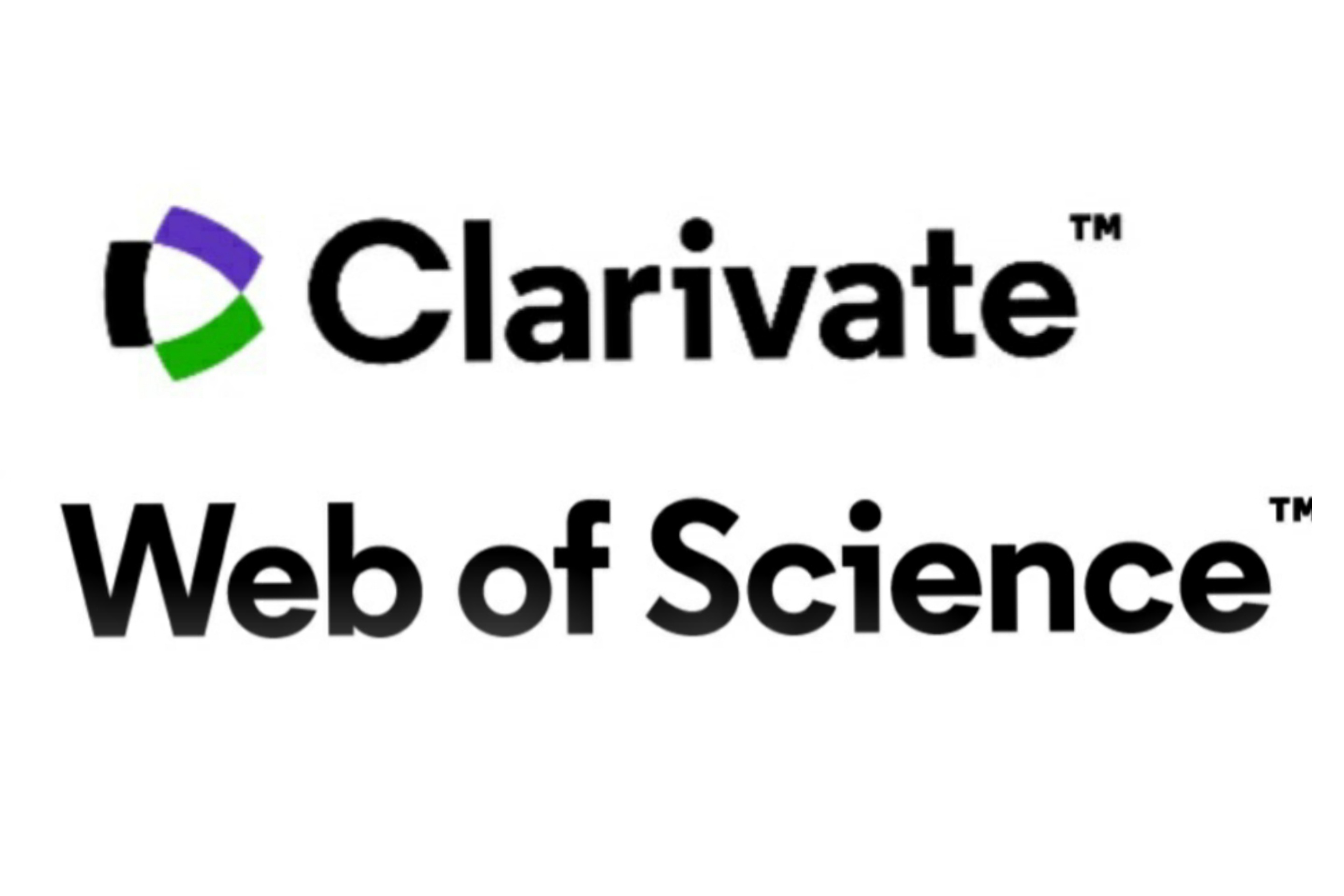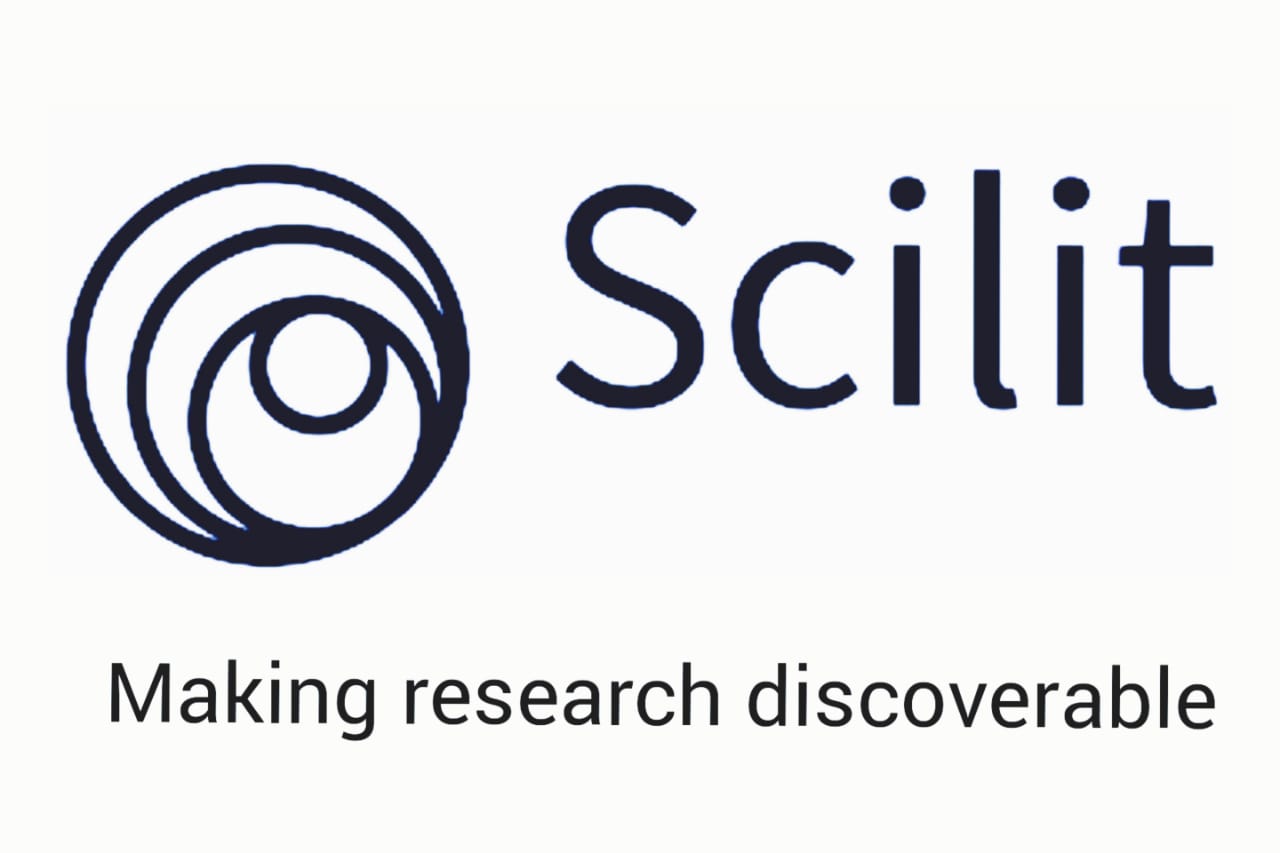Numerical modeling of air flow inside the human nose cavity
DOI:
https://doi.org/10.26577/ijmph.2021.v12.i1.05Abstract
The complex structure of the human nasal cavity makes it difficult to study the flow of air in it, therefore, at present, mathematical and computer modeling is used for this purpose. These studies are relevant due to the development of inhalation methods for introducing drugs into the nose, with the help of which operations can be performed. Within the framework of the Navier-Stokes system of equations, temperature and concentration using the ANSYS Fluent application, a three-dimensional test calculation of the air flow in the human nasal cavity was carried out at various modes of inhalation, normal and during exercise. A laminar model was used to close the Navier-Stokes equations, and the SIMPLE method was used to perform the relationship between velocity and pressure. In the graphics package AutoCAD, a geometric three-dimensional model of the nasal cavity was built, reconstructed from images of the nose in coronary sections. As a result of numerical simulation, the fields of velocity, pressure, temperature and concentration were obtained. The results obtained were compared with the experimental data from [10] and the numerical results from [3]. The analysis of these results in terms of the influence of the structure of the nasal cavity on the structure of the flow. The results obtained agree with the experimental data. It was found that the inhaled air is heated and humidified to the state of the nasal tissue, the shells increase the rate of local transfer of heat and moisture by improving mixing and maintaining thin boundary layers, the capacity of a healthy nose exceeds the requirements necessary for conditioning the inhaled air under normal breathing conditions.
















